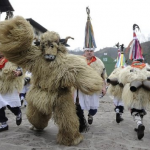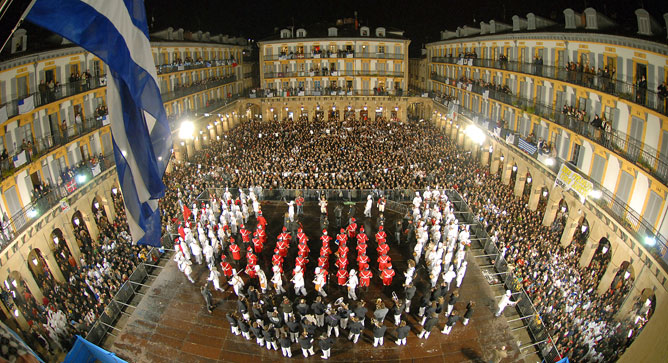
Photo from www.donostiakultura.com
Every year, the fine people of Donostia celebrate my birthday in the most magnificent way. Armies of people dressed as chefs and Napoleonic soldiers parade through the streets, pounding on drums and generally making merry. The fiesta begins on midnight of January 20 and ends precisely 24 hours later — literally an entire day dedicated to celebration. Of my birthday. Seriously! Well, ok, maybe not.
According to Wikipedia, that font of all knowledge on the internet, what would become La Tamborrada (Danborrada in Euskara) began in the 19th century, as a way for the citizens of the city to mock the invading soldiers that marched through their fair city. There is also a legend that a chef was trying to get water from a well and that the women nearby began banging on pots, which caused the well to keep flowing. Today, as the Basques have few reasons to celebrate normally, they evolved this fiesta into a 24-hour bash.
I was fortunate to attend once, in 1992, naturally on my birthday. My 21st birthday, to be exact. Which was fortunate, since I could then partake in the festivities and consume my share of libations. Fortunately, Facebook did not exist back then, so there is no shameful documentation of that evening. But, it was during that night when I learned about “Arriba, abajo, al centro, al dentro” and something about throwing things off the balconies of the apartments lining the streets of the Parte Vieja. I don’t recall now if it was for beads, or people themselves.
I didn’t last the entire 24 hours. I think I was in bed around 10am. Not too bad for a guiri.
Anyways, the latest edition of La Tamborrada has come and gone. This year, the city of Donostia had a photo contest, where people could send their best photos from the fiesta. The winner would get to watch next year’s opening of the fiesta, La Izada, from the city balconies in the Plaza de la Constitucion. Some of the photos are up on Twitter. There are some pretty cool images there that highlight the grandeur of the fiesta!
Unfortunately, I only learned about this after my birthday had come and passed. Maybe next year. If you are there next year, you might keep an eye out for this contest, if they repeat it, so you can have the best seat in the house. And invite me to sit next to you.
Share this / Partekatu hau:
Like this:
Like Loading...
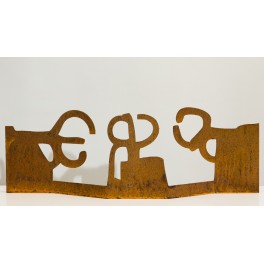 Irrintzi specializes in wood, clay and steel, with items that highlight the Guggenheim Museum and the Basque history of boating. They also have some panoramic photos of various scenic views from the Basque Country, including in Bilbao and Donostia, where they also have stores for those that prefer a more tactile experience.
Irrintzi specializes in wood, clay and steel, with items that highlight the Guggenheim Museum and the Basque history of boating. They also have some panoramic photos of various scenic views from the Basque Country, including in Bilbao and Donostia, where they also have stores for those that prefer a more tactile experience.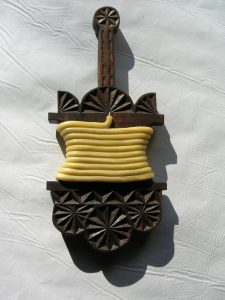 Ixiart has even more traditional items, such as the wound candles (Argizaiola) that are common especially in Gipuzkoa and are used especially on All Saints Day. They also carry some interesting novelty items, such as stylized wood carvings of scenes from Picasso’s Guernica and a series of wooden spoons.
Ixiart has even more traditional items, such as the wound candles (Argizaiola) that are common especially in Gipuzkoa and are used especially on All Saints Day. They also carry some interesting novelty items, such as stylized wood carvings of scenes from Picasso’s Guernica and a series of wooden spoons.

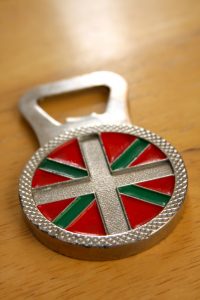
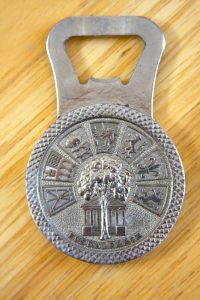
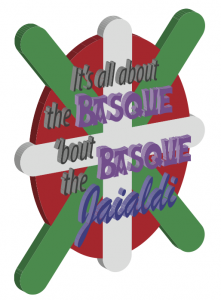 After all of the work that the organizers have put into arranging the Basque Soccer Friendly, scheduled to take place on July 29 in Boise, what might actually cause the biggest hiccup is
After all of the work that the organizers have put into arranging the Basque Soccer Friendly, scheduled to take place on July 29 in Boise, what might actually cause the biggest hiccup is  It’s Hammer Time! (am I dating myself?)
It’s Hammer Time! (am I dating myself?)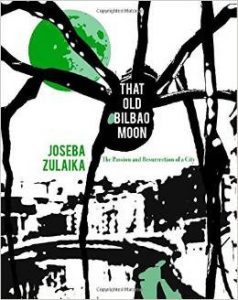 Revisiting the transformation of Bilbao
Revisiting the transformation of Bilbao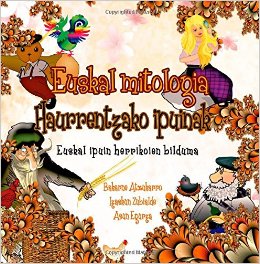
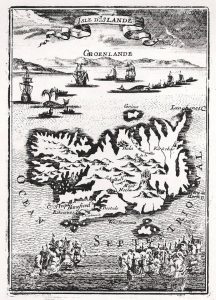
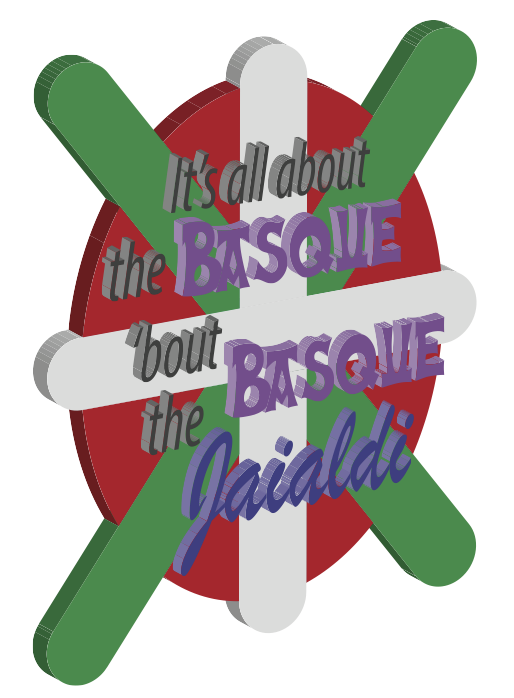
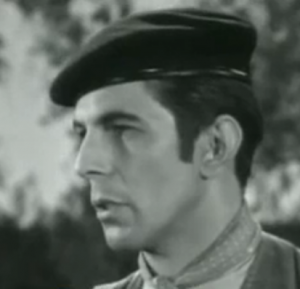


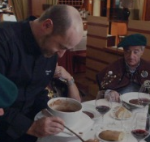 Irene Peralta of Munchies magazine has a
Irene Peralta of Munchies magazine has a 
